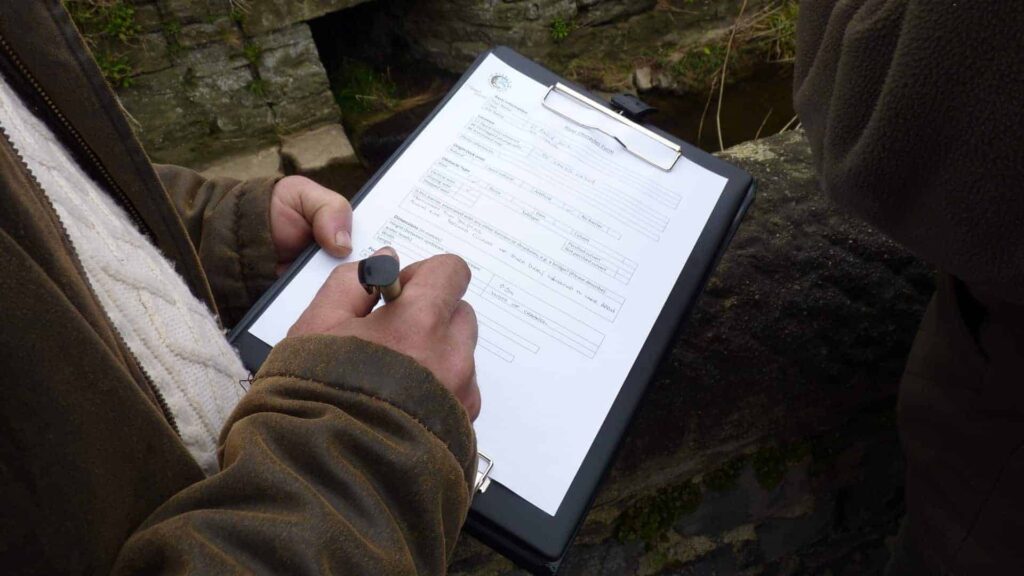Over the last 21 years Ribble Rivers Trust, together with our partners, supporters, and volunteers, have carried out a wide range of habitat improvements.
Did you know that all of this work is carefully planned over months and, in some cases, years?
Activities such as woodland creation, fish passes, and wetland creation is great for improving the quality of your rivers, but to maximise the benefit a huge amount of effort goes into the research and planning phase of these projects. Data and evidence is the information that forms the basis for all the Trust’s project planning.
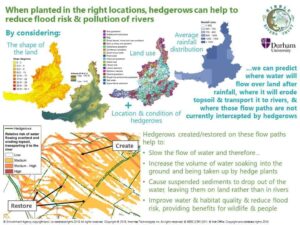
It would be great to work on habitat improvement projects everywhere and anywhere, but this isn’t always the best way to reap the environmental rewards. Using data to plan habitat improvement sites means that the right work is carried out in the right place.
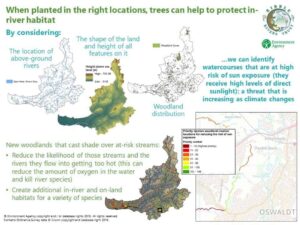
Some areas of the catchment could be easily planted with trees, but it might not provide very much benefit. Careful planning means that projects can provide the maximum benefit to rivers, water quality, wildlife, flood risk reduction, and the reduction in the effects of climate change.
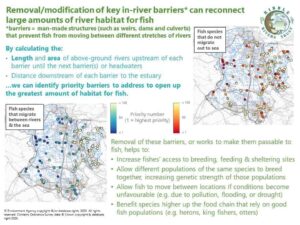
Fish passes are a great example of this. There are over 1000 man-made barriers in the Ribble catchment area that prevent fish movement and migration. Location-based data and evidence can decide which of those barriers to address on first, in order to reconnect the greatest lengths of rivers for fish.
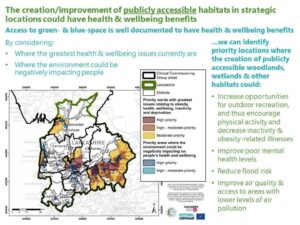
One of the aims of the Lancashire Woodland Connect campaign is to try and improve people’s mental and physical health by creating woodlands for people to visit for exercise and recreation. Various healthcare factors have been considered, making it possible to target the areas where people are more likely to have poorer health, and less access to outdoor green space.
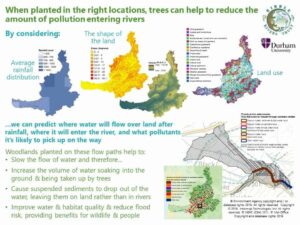
This is extremely important, as monitoring and evaluating work then provides more data and evidence. As well as showing funders and supporters that the activities they’ve partially paid for has been worthwhile, the data and evidence collected will also shape future projects!

